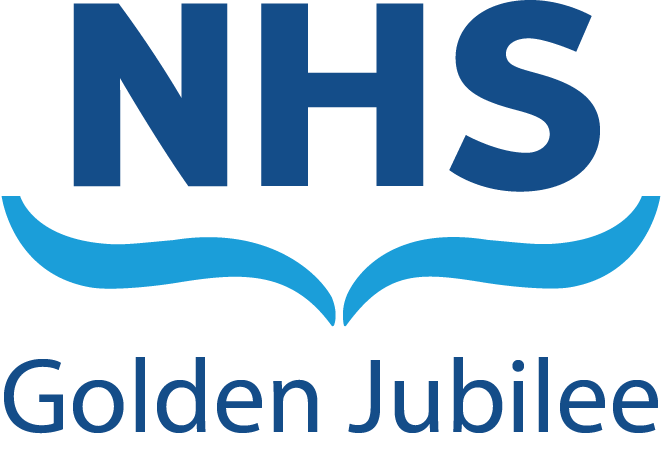About Pulmonary Hypertension
Pulmonary hypertension (PH) is a rare type of high blood pressure that affects the arteries in your lungs and the right side of your heart.
The right side of your heart pumps blood low in oxygen through the pulmonary arteries to your lungs where oxygen is picked up by the blood cells. This oxygen-rich blood returns to the left side of your heart where it pumped by the heart to the rest of your body.
Arteries in your lungs can become narrowed making it harder for blood to flow through your lungs. This raises pressure within your lungs’ arteries and the right side of your heart (which pumps the blood through these arteries) has to work harder putting it under considerable strain. This strain may weaken the heart and it may pump less effectively.
What are the symptoms of pulmonary hypertension?
- Shortness of breath, which is worse on activity
- Fatigue
- Dizziness especially on climbing stairs or standing up
- Fainting (syncope) on physical activity
- Chest pain/pressure during physical activity
- Palpitations or racing pulse
- Swollen legs and ankles
What causes pulmonary hypertension?
Pulmonary hypertension is more likely in certain other diseases such as connective tissue disease, liver disease, congenital heart disease and HIV.
The exact cause of pulmonary hypertension is often not known. In these cases, it is referred to as idiopathic pulmonary hypertension.
You can get further information at:

